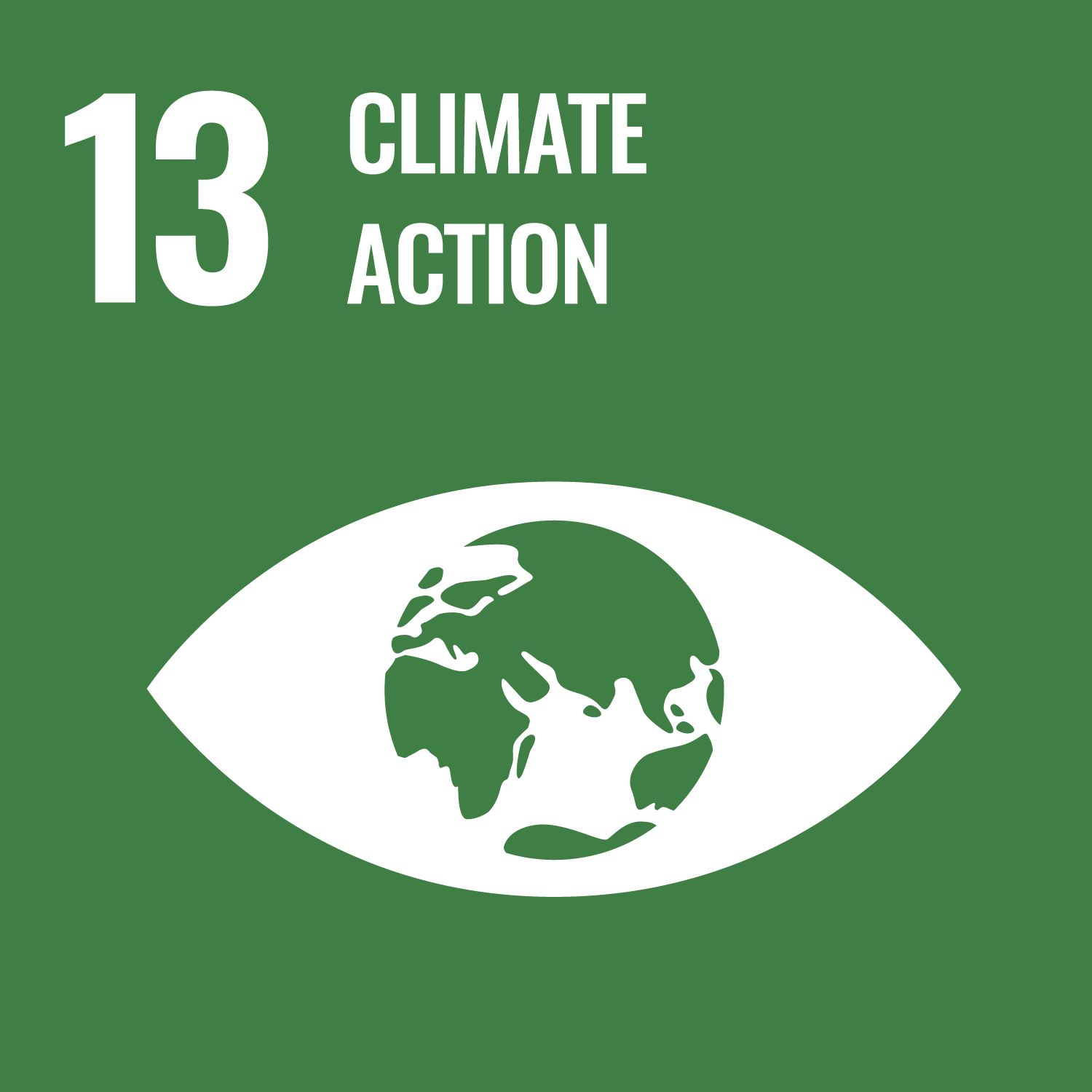ORCID
- Matthew Westoby: 0000-0002-2070-5580
Abstract
Debris-covered glaciers are a common feature of the mountain cryosphere in the southeastern Tibetan Plateau. A better understanding of these glaciers is necessary to reduce the uncertainties in regional water resource variability and to anticipate potential cryospheric risks. In this study, we quantified the seasonal thinning and surface mass balance patterns of two neighbouring debris-covered glaciers (23K Glacier and 24K Glacier) in the southeastern Tibetan Plateau with four unpiloted aerial vehicle surveys and in situ measurements. We observed that the thinning of 23K Glacier was ∼2–7 times greater than that of the 24K Glacier for annual and cold periods. The surface velocity of the 24K Glacier is higher than that of the 23K Glacier (∼5–6 times) for all periods. In contrast with the thinning patterns, the surface mass balance patterns of the two glaciers closely agree across the different periods. We found that the surface mass balance distribution strongly correlated with the spatial distribution of debris thickness for both glaciers. Ice cliffs and supraglacial ponds are prevalent on the surface of these glaciers (∼4.4–7.2±0.5 %) and enhance melt overall (enhancement factor: ∼2.5) but do not control the surface mass balance pattern of either glacier. This comparison study of two neighbouring glaciers confirms the significance of both glacier dynamics and debris thickness in controlling thinning and melt for the different debris-covered glaciers of the southeastern Tibetan Plateau in the context of climate change.
DOI Link
Publication Date
2023-09-12
Publication Title
The Cryosphere
Volume
17
Issue
9
ISSN
1994-0416
Acceptance Date
2023-08-09
Deposit Date
2023-09-10
Embargo Period
2023-10-11
First Page
3895
Last Page
3913
Recommended Citation
Zhao, C., Yang, W., Miles, E., Westoby, M., Kneib, M., Wang, Y., He, Z., & Pellicciotti, F. (2023) 'Thinning and surface mass balance patterns of two neighbouring debris-covered glaciers in the southeastern Tibetan Plateau', The Cryosphere, 17(9), pp. 3895-3913. Available at: 10.5194/tc-17-3895-2023


